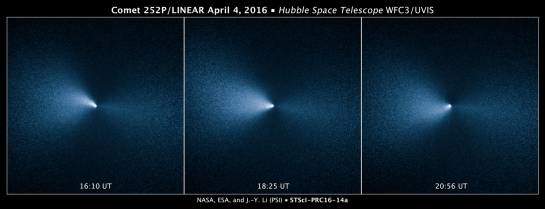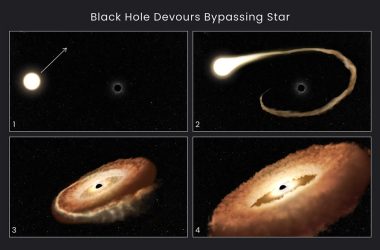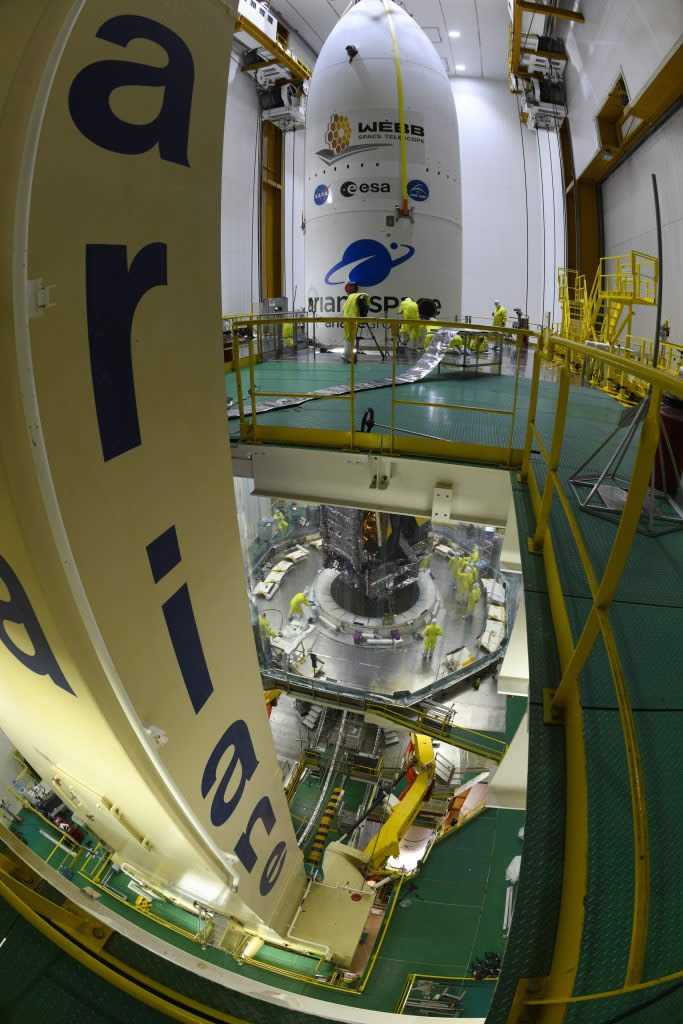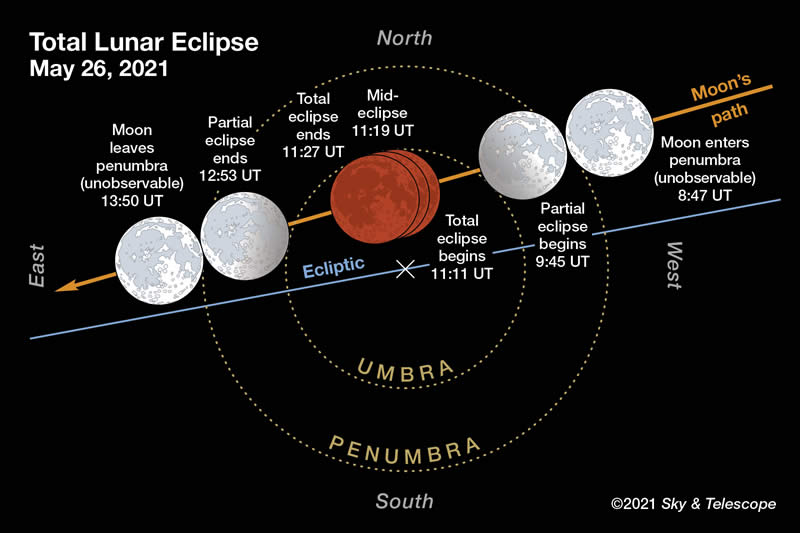
The images were taken on April 4, 2016, roughly two weeks after the icy visitor made its closest approach to Earth on March 21. The comet traveled within 3.3 million miles of Earth, or about 14 times the distance between our planet and the moon. These observations also represent the closest celestial object Hubble has observed, other than the moon. Credit: NASA, ESA, and J.-Y. Li (Planetary Science Institute)
Astronomers using NASA’s Hubble Space Telescope captured images of Comet 252P/LINEAR just after it swept by Earth on March 21. The visit was one of the closest encounters between a comet and our planet. The comet traveled within 3.3 million miles of Earth, or about 14 times the distance between our planet and the moon. The images reveal a narrow, well-defined jet of dust ejected by the comet’s icy, fragile nucleus. These observations also represent the closest celestial object Hubble has observed, other than the moon. The comet will return to the inner solar system again in 2021.
This time-lapse movie, assembled from Hubble Space Telescope images, shows a narrow, well-defined jet of dust sweeping around with the rotation of Comet 252P/LINEAR like a spinning lawn sprinkler. The jet is illuminated by sunlight.
Researchers made the movie from Hubble images taken April 4, 2016, when the comet was 8.7 million miles from Earth. The time interval between each frame is approximately 30 to 50 minutes. The icy body made its closest approach to Earth on March 21, 2016, when it was 3.3 million miles away. It is now more than 25 million miles away from Earth.
The jet is composed of material from the comet’s icy nucleus that has been warmed by sunlight and ejected into space. The nucleus is too small for Hubble to resolve.
The jet’s changing direction is evidence that the comet’s nucleus is rotating, which makes the jet appear to spin like the water jet from a rotating lawn sprinkler. The movie underscores the dynamics and volatility of a comet’s fragile nucleus.
The movie is based on visible-light images taken with Hubble’s Wide Field Camera 3.
Credit: NASA, ESA, and J.-Y. Li (Planetary Science Institute)








